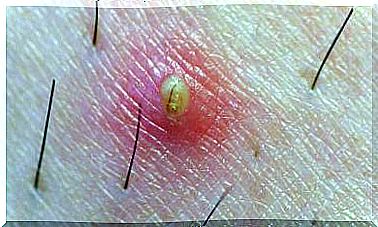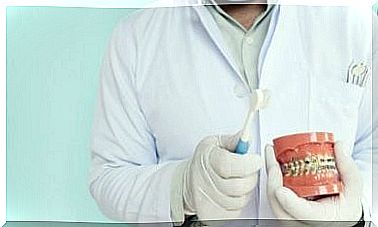What Is The Sensitivity Test?
Sensitivity tests are the most widely used technique for diagnosing allergies. There are several types of exposure to allergens.
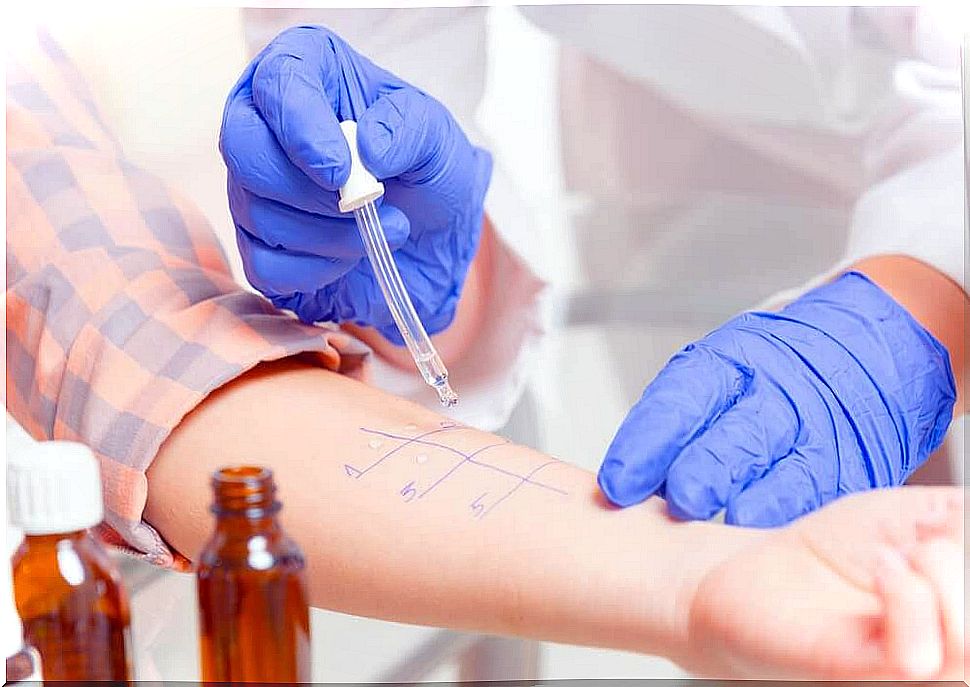
Typically, sensitivity testing is a medical term for a set of procedures to identify a patient’s allergies.
Medical tests are done in different ways. Some of the more common methods are allergy skin tests, blood tests, and controlled exposures to problematic drugs. Likewise, the medical team may use patch tests or patch tests.
On the one hand, we will differentiate blood tests from the rest of the techniques. This is because they check for the presence of substances in the blood caused by an allergic reaction. These are usually immunoglobulins E, cells that help protect our body against substances considered “dangerous”.
On the other hand, we also find the sensitivity tests (prick test, patch test and controlled exposure to a suspicious drug). In this way, the medical team will check if an allergic reaction is triggered. To identify it, she will study whether the patient has symptoms similar to those of previous allergic reactions. In the event of controlled exposure to the drug, it will be administered orally, nasally, bronchially, etc. according to the characteristics of it.
In what situations is the sensitivity test used?
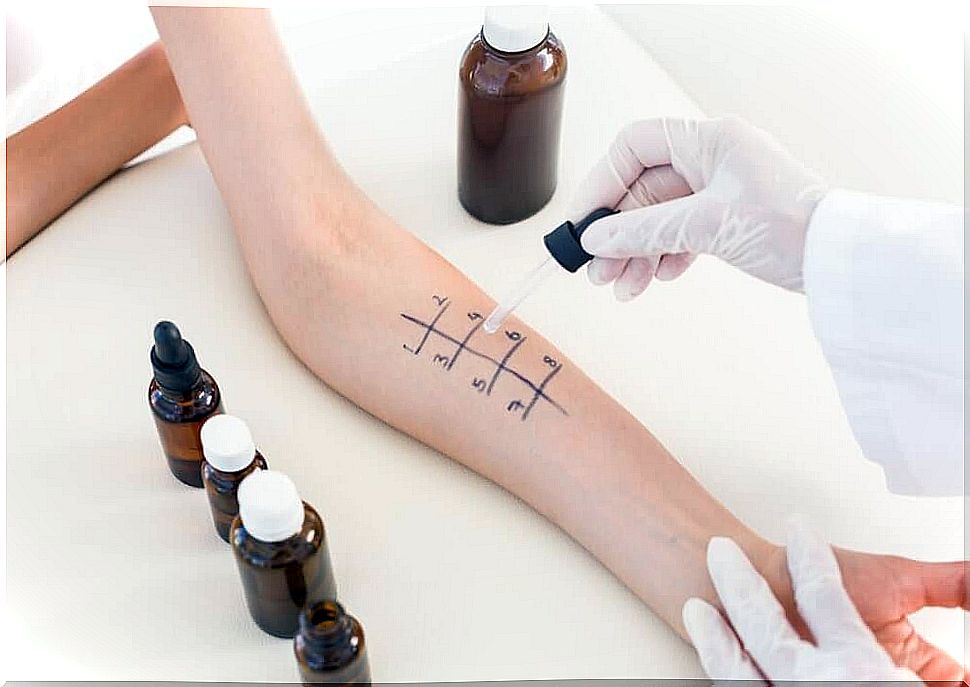
Usually, the medical team will apply this group of techniques if the patient has experienced an allergic reaction due to an unknown cause. In addition, drugs can cause different symptoms depending on their compounds.
According to recent studies, all drugs cause an adverse reaction in the patient. However, there are compounds that can generate hypersensitivity more frequently. Some of the most common symptoms of an allergic reaction include :
- Urticaria
- Generalized itching or where the medication is applied
- Rashes
- Fever may vary in intensity
- Eye irritation
- Inflammation of the drug application area
- Anaphylaxis in the most severe or complicated cases
Different types of drugs are checked with susceptibility testing . Therefore, we include anesthetics, antibiotics, etc.
In all cases, the medical team should verify the existence of the allergy or sensitivity. Thus, the most appropriate drugs will be administered so that the patient suffers as little as possible.
What is the prick test, or the allergy skin test?
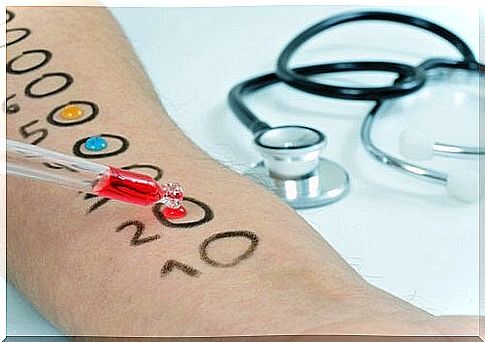
First, the medical team will disinfect the skin on the patient’s forearm. She will then inject a small amount of medicine into the skin. Finally, the injection areas will be marked and cleaned.
After the injections, the subject should wait about fifteen minutes to check for an allergic reaction. During this period, of course, you will not be able to erase or modify the regions where the injections were given.
How is the patch test or patch test done?
In this case, the medical team will disinfect the patient’s back and place a series of patches impregnated with the substance to be tested. In this way, the compound will slowly release over 48 hours.
After this period, the subject must come back so that the doctor can remove all the patches. They will also check if there is an allergic reaction on the patched areas.
In general, specialists recommend avoiding wetting or scratching the covered areas, limiting intense physical exercises causing sweating, etc. The patient should also avoid using duct tape and, if possible, taking other medications.
Controlled exposure to suspicious drugs
This test directly checks for allergy to a drug or the patient’s tolerance to other similar substances.
Unfortunately, one of the disadvantages of this type of test is that it is much riskier. The team of specialists must therefore assess the possible advantages in the face of this type of disadvantage.
In some cases, it is necessary to repeat the procedure, since the result may be negative even when the patient is allergic. In any case, the experts will decide what will be the best sensitivity test to apply and communicate their decision to the subject.


